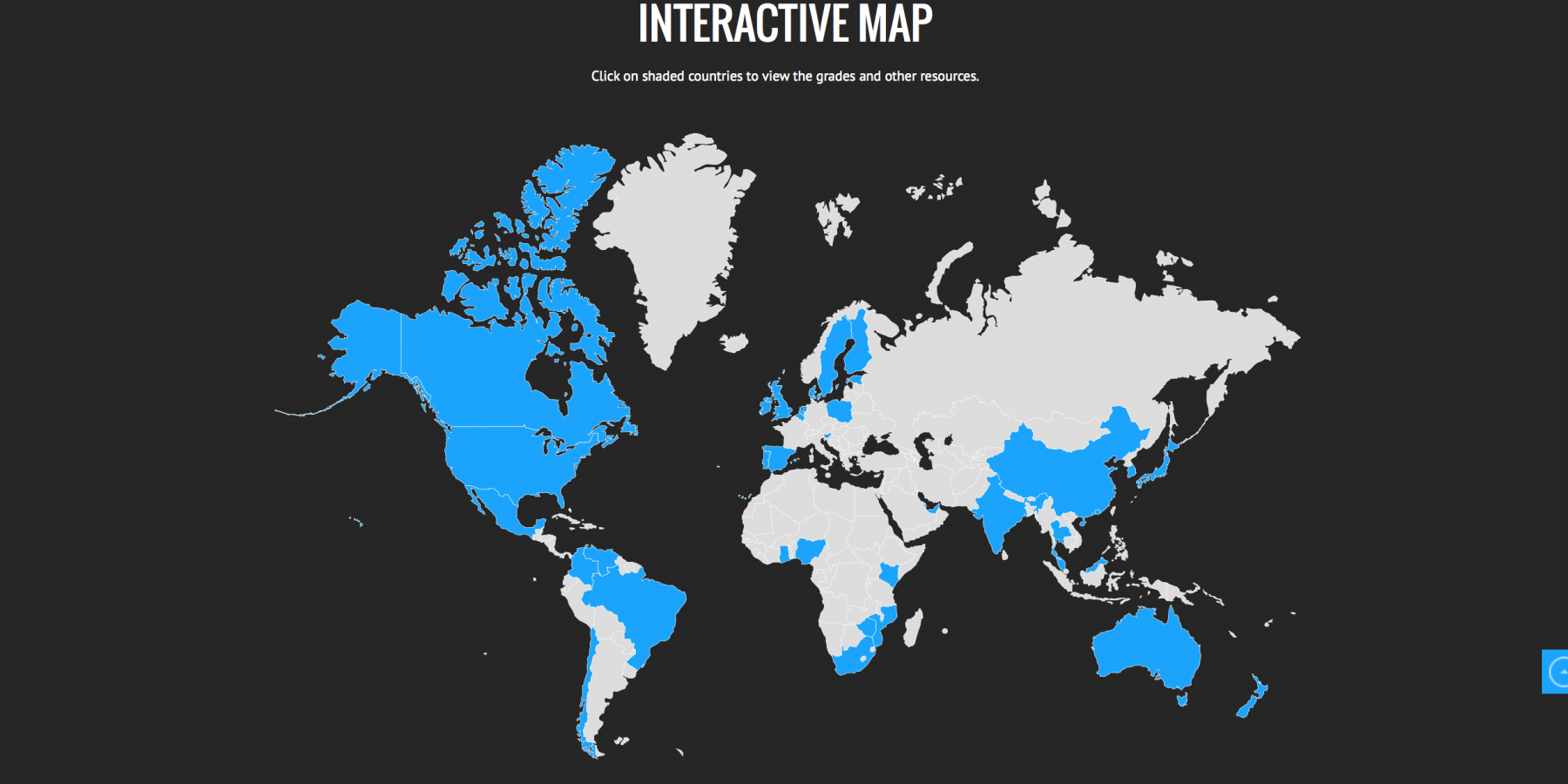Comparisons across 38 countries from 6 continents confirm global childhood inactivity crisis and offer insights for improvement.
For the first time, harmonised child and youth physical activity indicators across 38 countries from six continents were compared to seek solutions to increase childhood physical activity globally.
The global comparisons were led by Dr. Mark Tremblay, Chair of the Active Healthy Kids Global Alliance and Director of the Healthy Active Living and Obesity Research Group at the Children’s Hospital of Eastern Ontario Research Institute in Canada.
“Automation, mechanization, urbanisation, and digitisation have reduced physical activity levels globally,” said Tremblay. “Global efforts to manage these trends are essential and extend beyond creating policies, strategies, facilities and programs to include the preservation and promotion of physical and social habitats where being physically active year round, through outdoor play, transportation, recreation and sport, are the preferred and normative standard, not the exception. This is the contemporary global challenge for all countries.”
“Countries with the most active children and youth overall, including Slovenia, New Zealand and Zimbabwe, rely on very different approaches to get kids to move more,” added Tremblay. “But, what is consistent between all of them is that physical activity is driven by pervasive cultural norms – being active is not just a choice, but a way of life.”
Report Cards from each of the 38 countries, as well as the results of the global comparisons, were presented at the opening plenary of the International Congress on Physical Activity and Public Health in Bangkok, Thailand and published in the Journal of Physical Activity and Health on November 16, 2016.
Read full press release via the link below.
